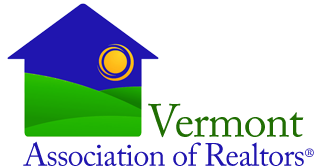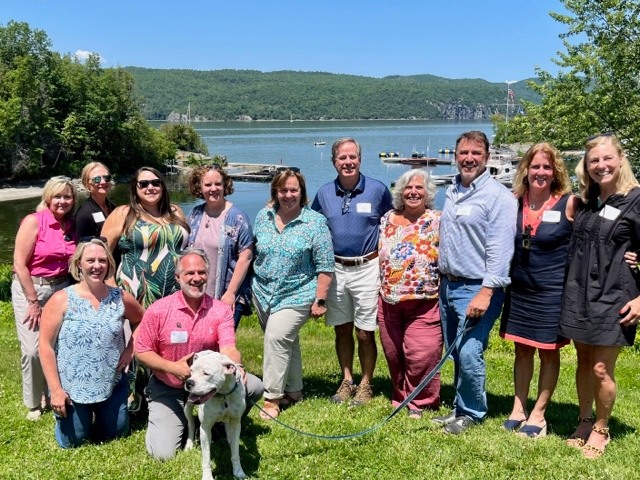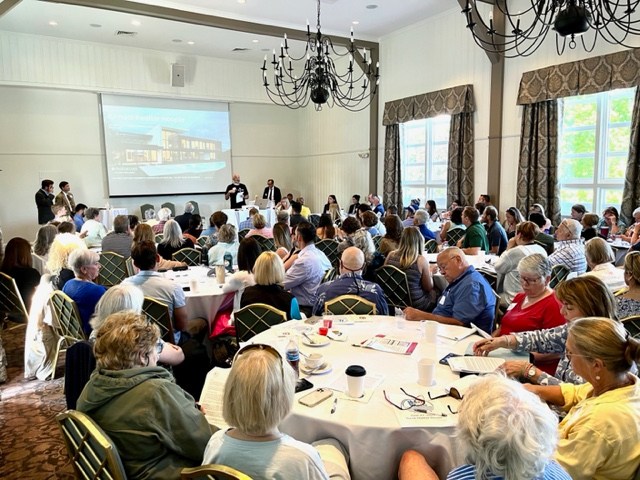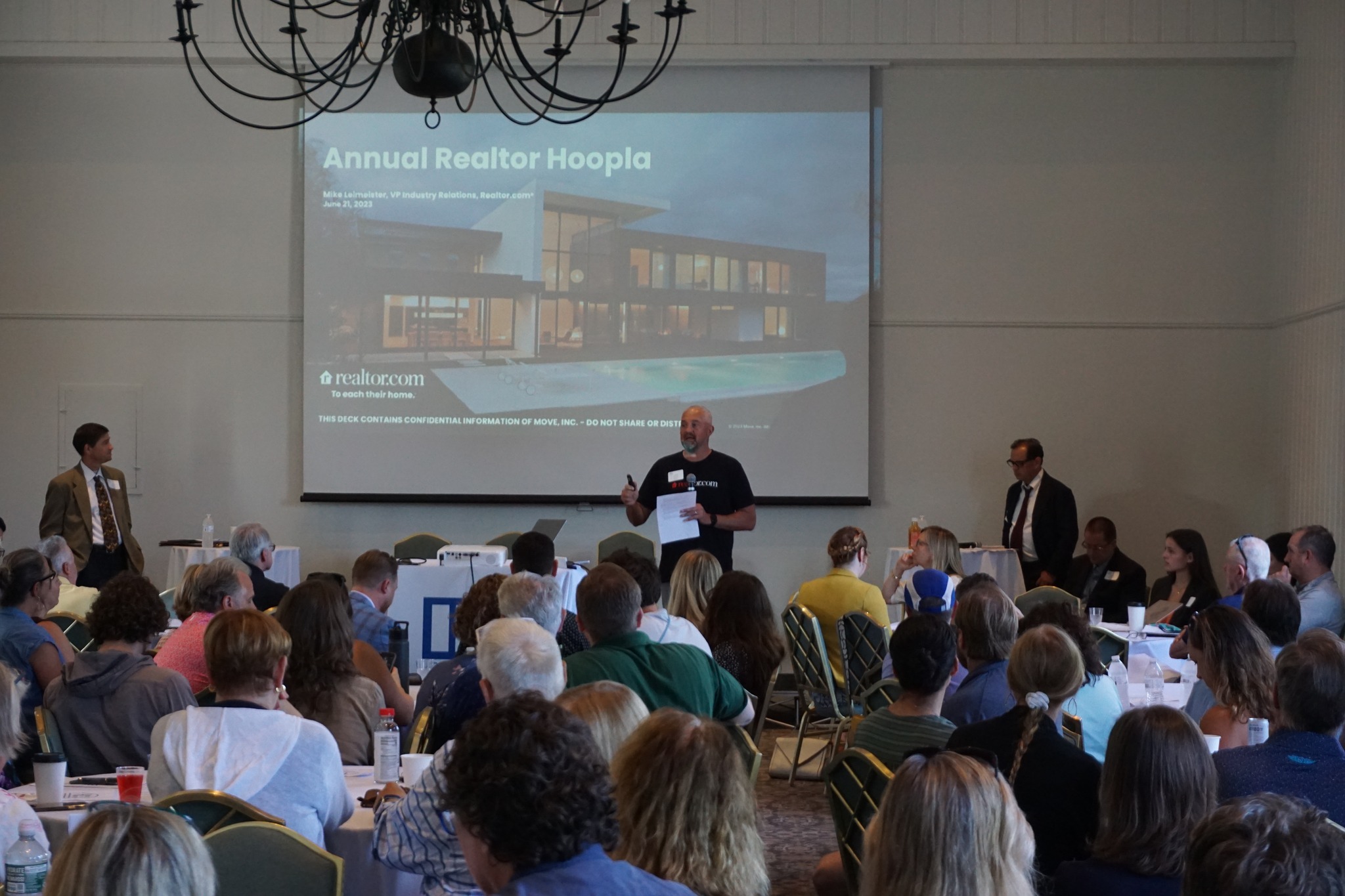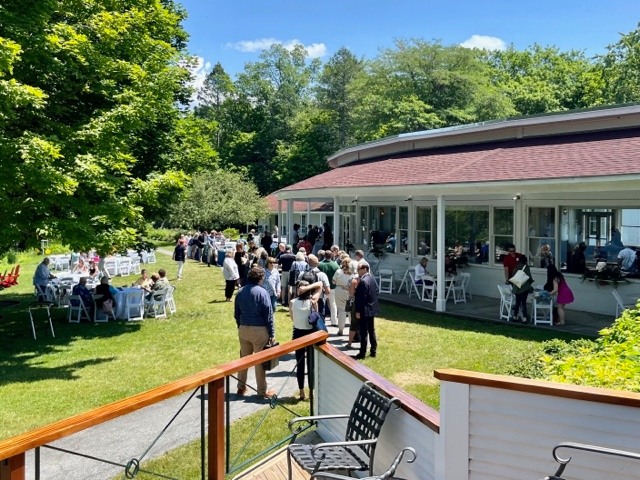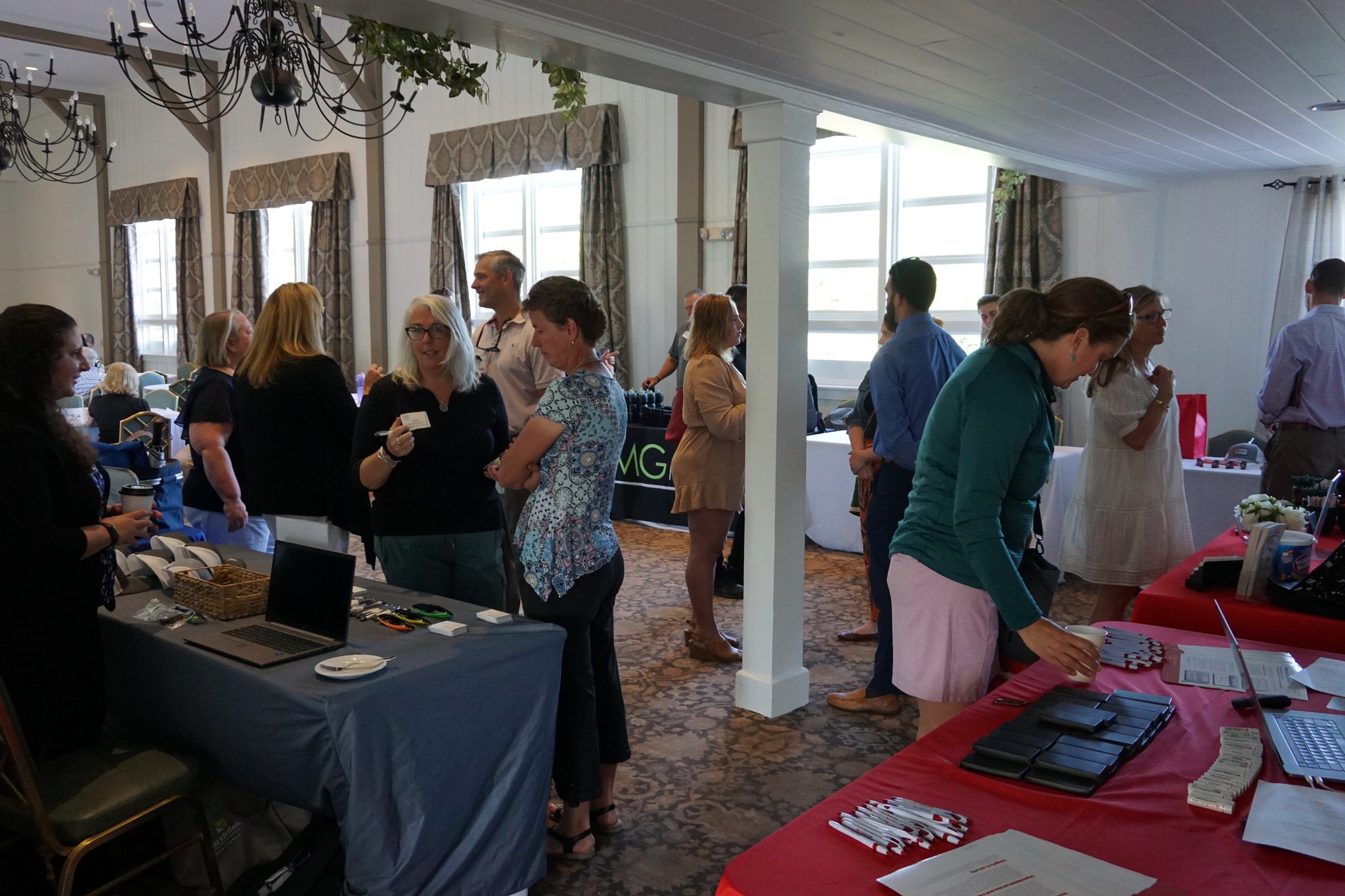New Guide Offers Communities a Path to Zoning Reform
VAR partners with the state and other organizations to encourage housing access and affordability
The Vermont Department of Housing and Community Development (DHCD) and the Congress of the New Urbanism (CNU) have completed Enabling Better Places: A Zoning Guide for Vermont Neighborhoods. This how-to manual promotes practical, small steps that Vermont’s cities, towns, and villages can take to address widespread regulatory barriers that limit the choice of homes available to Vermont residents at prices people can afford.
In most communities, obsolete land use regulations impede the development of vibrant, walkable neighborhoods that combine housing and compatible commercial uses in neighborhoods that offer a variety of homes for every stage of life. Demand for diverse housing choices in walkable places is growing as the population ages and household sizes decrease. However, most local bylaws restrict the kind of new housing that can be built in convenient places and can limit a homeowners’ ability to add additional housing such as an apartment within their own property.
“Vermont’s demographics and housing needs are quickly changing, with striking implications for our economy,” said DHCD Commissioner, Josh Hanford. “This new tool helps communities enable the walkable, residential development needed today to support a diverse workforce.”
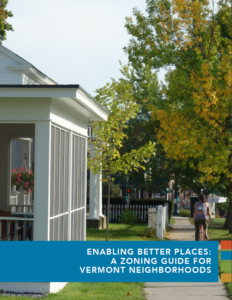 Enabling Better Places: A Zoning Guide for Vermont Neighborhoods offers guidance and model regulations that support an incremental process for addressing the specific zoning reforms that municipalities need to provide housing choices for more Vermonters and increase vibrancy, inclusion, equity and affordability.
Enabling Better Places: A Zoning Guide for Vermont Neighborhoods offers guidance and model regulations that support an incremental process for addressing the specific zoning reforms that municipalities need to provide housing choices for more Vermonters and increase vibrancy, inclusion, equity and affordability.
“Taking this incremental approach to bylaw reform is an efficient way to add value to communities across Vermont while enabling more diverse and affordable housing choices,” said Mallory Baches, Director of Strategic Development at CNU. “Communities don’t need to wait until they are ready to completely overhaul their regulations; instead, this guide describes the small, tactical steps that can be taken immediately.”
The guide culminates a year of work with six Vermont communities through the Project for Code Reform, CNU’s strategic initiative to support cities and towns as they reform outdated zoning codes in favor of more walkable urbanism. With financial support from the Vermont Association of Realtors®, Vermont Housing & Conservation Board, and AARP-Vermont, CNU worked with DHCD and Vermont’s Regional Planning Commissions to create the new guide, focusing on increasing housing access and affordability in walkable centers.
The guide emphasizes small changes that can have a big impact in a single neighborhood or area of town, making it easy for communities to create solutions right for their needs and circumstances. This focus helps local leaders test approaches, build political will, and gain community support as they go, before moving on to other reforms.
During a time of overlapping health, economic, and social crises, the guide offers perspective on how municipalities can acknowledge their own capacity and readiness for change by exploring the practical and political dimensions of bylaw reform. Working to make review processes smoother and adapt to evolving housing needs while addressing related land use issues such as wastewater and stormwater service is complex work. With this guide, municipalities do not have to delay small changes that can make a big difference for friends, neighbors, and their community. They can act now.
Enabling Better Places: A Zoning Guide for Vermont Neighborhoods may be downloaded free of charge.
148 State Street | Montpelier, Vermont | 05602
Phone: (802) 229-0513
